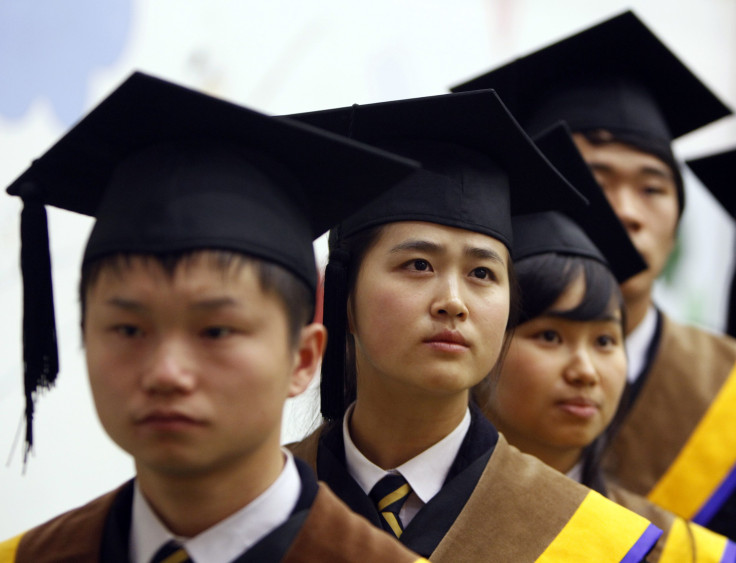Teenagers From Single-Parent Households More Likely To Drop Out From School Earlier, Study Finds

Teenagers belonging to single-parent household are less likely to attain a bachelor's degress than those from two-parent households, a new study finds.
The study was conducted by researchers from New York University, the University of California, Irvine and the University of Chicago. This is one of the few studies that look into the link between adolescents’ family situations and their future educational attainment.
For the study, researchers used data the from U. S. Department of Labor’s Panel Study of Income Dynamics. The researchers noted that though the number years of school completed increased over time for children of both single- and two-parent families, teens from single-family homes received fewer years of schooling throughout the time period. The gap between the two groups widened from 0.63 years for those who were age 24 in 1978 to 1.32 years for those who were age 24 in 2009, with the widening accelerating in the 1990s.
“The negative relationship between living with a single parent and educational attainment has grown since the time Moynihan’s report was published, which is troubling,” Kathleen M. Ziol-Guest, research associate professor in the Department of Humanities and Social Sciences at NYU’s Steinhardt School of Culture, Education and Human Development and one of the study’s authors, said in a press statement. “In other words, American children raised in single-parent homes appear to be at a greater disadvantage educationally than ever before.”
Researchers also noted a disparity in college graduation rates. During the 1980s, the likelihood of graduating from college was 8 percentage points less among those who had lived in single-parent families than their peers with two-parent families. In the 11-year period ending in 2009, that gap more than doubled to 17 percentage points.
Looking further into this phenomenon, researchers found that lower income in single-parent households accounted for half of the education disadvantage that students from such families face. Other influencing factors include mother’s age, mother’s education and number of siblings.
“While many factors contribute to gaps in educational attainment, our findings suggest that being raised by a two-parent household has become increasingly important since Moynihan’s report,” Ziol-Guest said.
Single-parent households have become extremely common these days, with the last few decades seeing a steady increase in these numbers. In 1965, Assistant Secretary of Labor Daniel Patrick Moynihan published a report that found that 51 percent of low-income children entering adolescence were living in single-parent households. Over the next three decades, this figure jumped to 75 percent.
Findings of the study were published online in the journal Education Next.
To contact writer, email: sammygoodwin27@gmail.com




















